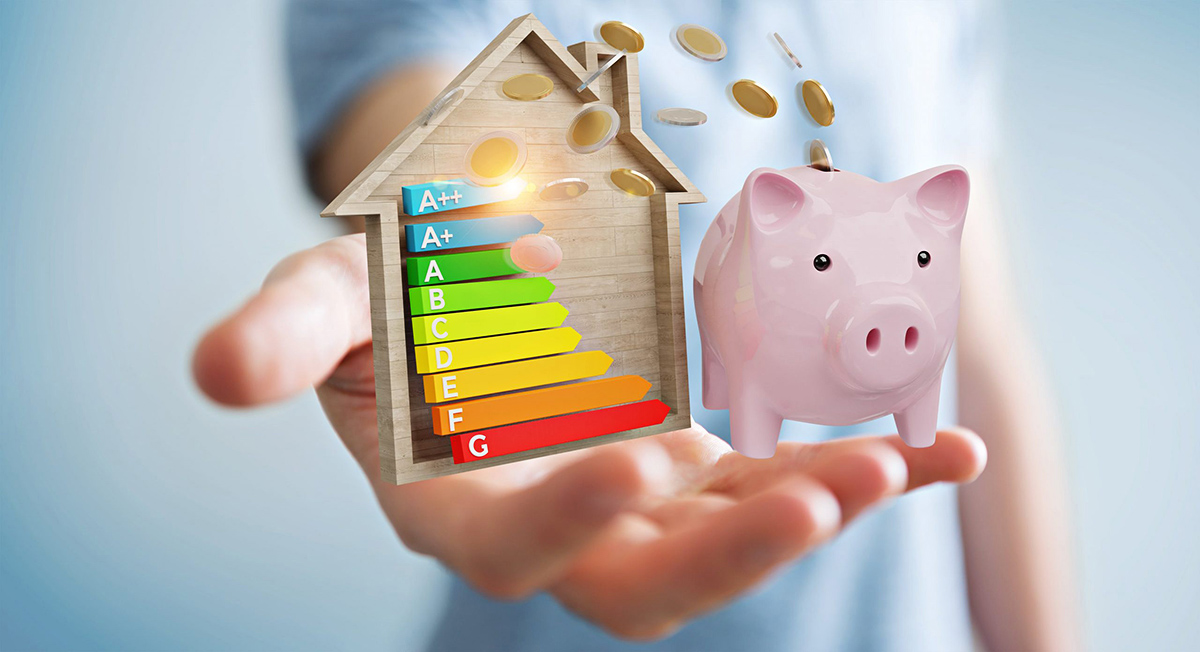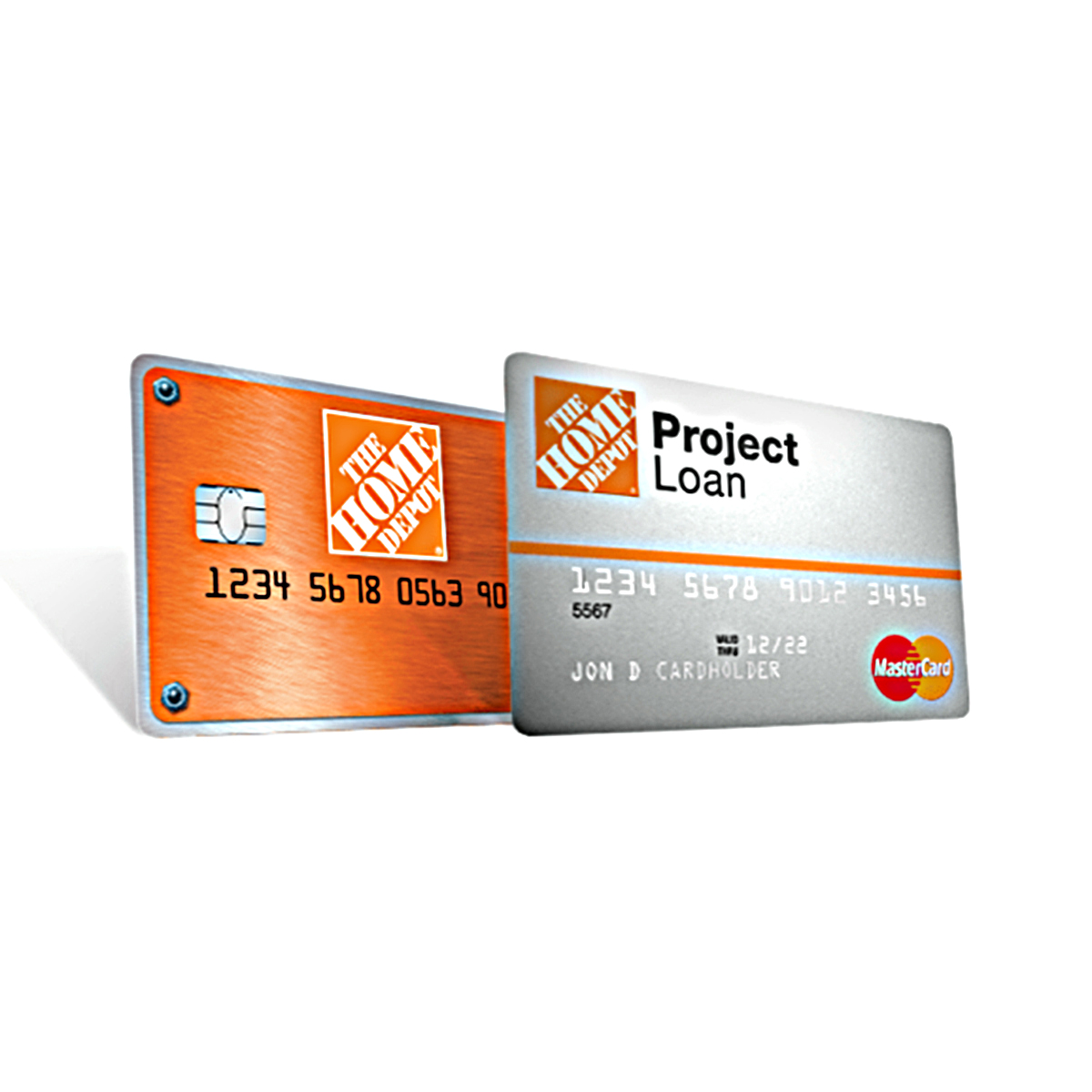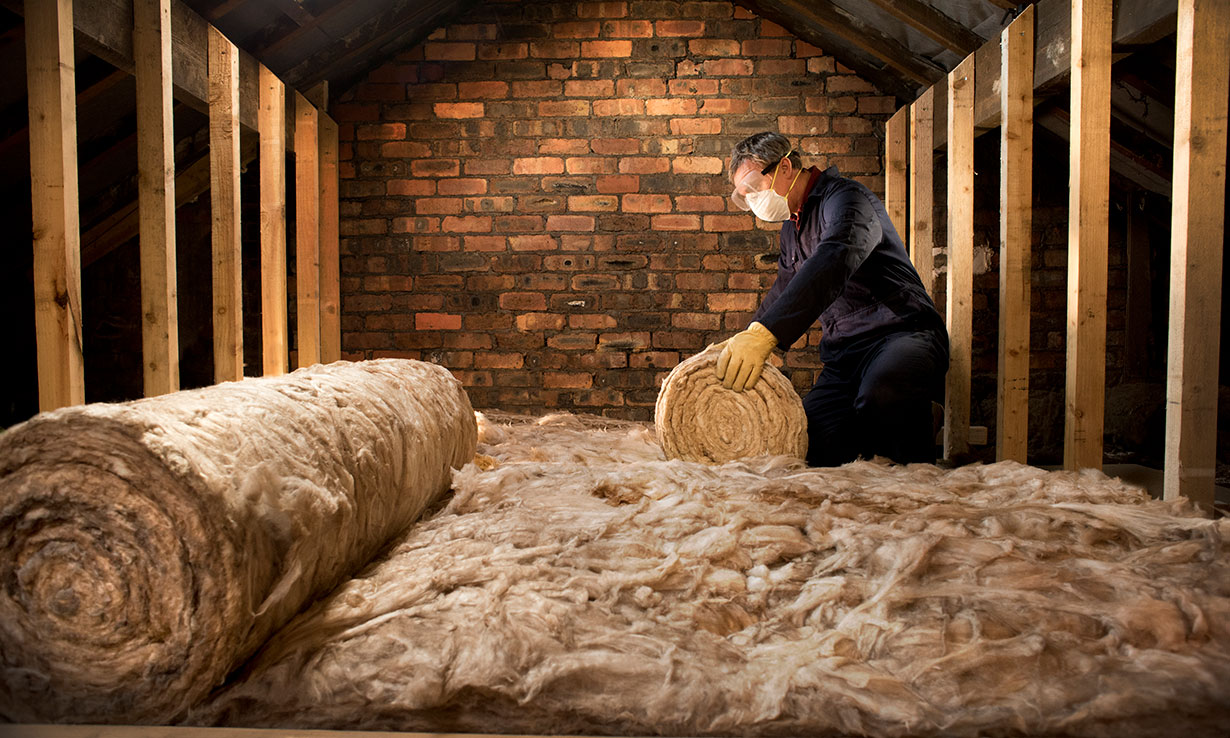Home>Renovation & DIY>Home Renovation Guides>How Do I Know If Used The Energy-Efficiency Home Improvement Credit?


Home Renovation Guides
How Do I Know If Used The Energy-Efficiency Home Improvement Credit?
Modified: January 19, 2024
Learn how to determine if you've utilized the energy-efficiency home improvement credit with our comprehensive home renovation guides. Discover the steps to claim your credit today!
(Many of the links in this article redirect to a specific reviewed product. Your purchase of these products through affiliate links helps to generate commission for Storables.com, at no extra cost. Learn more)
Introduction
Are you a homeowner who has made energy-efficient improvements to your home? If so, you might be eligible for the Energy-Efficiency Home Improvement Credit. This tax credit is designed to incentivize homeowners to invest in energy-saving upgrades, ultimately reducing their carbon footprint and lowering energy bills. Understanding whether you have utilized this credit can help you maximize your tax benefits and ensure that you are taking full advantage of the incentives available for eco-friendly home improvements.
In this comprehensive guide, we will delve into the specifics of the Energy-Efficiency Home Improvement Credit, providing you with the knowledge and tools to determine whether you have utilized this valuable tax benefit. Whether you have recently made energy-efficient upgrades to your home or are considering doing so in the future, this article will equip you with the information needed to navigate the complexities of this tax credit and make informed decisions regarding your home improvement projects.
Key Takeaways:
- Determine if you’re eligible for tax benefits by gathering receipts and reviewing IRS guidelines for energy-efficient home improvements. Seek professional advice for clarity and maximize potential savings.
- Check if you’ve claimed the Energy-Efficiency Home Improvement Credit by reviewing tax records, verifying contractor information, and staying informed about available tax incentives. Maximize potential tax benefits for eco-friendly upgrades.
Understanding the Energy-Efficiency Home Improvement Credit
The Energy-Efficiency Home Improvement Credit is a tax credit offered to homeowners who make qualifying energy-efficient improvements to their primary residences. This credit is part of the effort to promote sustainable living and reduce energy consumption. By incentivizing homeowners to upgrade their homes with energy-efficient technologies, the government aims to decrease overall energy usage and lessen the environmental impact of residential properties.
Qualifying improvements for this credit typically include the installation of energy-efficient windows, doors, insulation, roofing, and heating, ventilation, and air conditioning (HVAC) systems. Additionally, renewable energy systems such as solar panels, wind turbines, and geothermal heat pumps may also be eligible for the credit. It’s important to note that not all energy-efficient upgrades qualify for this credit, so homeowners should carefully review the eligibility criteria before embarking on home improvement projects.
One of the key benefits of the Energy-Efficiency Home Improvement Credit is its potential to reduce the homeowner’s tax liability. Unlike a tax deduction, which reduces the amount of income subject to tax, a tax credit directly reduces the amount of tax owed. This means that if you are eligible for the credit, you may be able to lower your tax bill or increase your tax refund, providing a tangible financial incentive for making energy-efficient upgrades to your home.
Understanding the nuances of this tax credit is essential for homeowners looking to leverage its benefits. By familiarizing yourself with the eligibility requirements and qualifying improvements, you can make informed decisions about which home improvement projects to undertake and ensure that you are maximizing your potential tax savings.
How to Determine If You Have Used the Energy-Efficiency Home Improvement Credit
Determining whether you have utilized the Energy-Efficiency Home Improvement Credit involves reviewing your past home improvement projects and assessing whether they meet the eligibility criteria for the credit. If you have made energy-efficient upgrades to your home, it’s important to verify whether these improvements qualify for the credit and whether you have already claimed the credit for those upgrades.
One of the first steps in this process is to gather documentation related to the energy-efficient improvements you have made to your home. This may include receipts, invoices, and product information for items such as energy-efficient windows, doors, insulation, HVAC systems, or renewable energy technologies. Having a clear record of these improvements will be instrumental in determining your eligibility for the Energy-Efficiency Home Improvement Credit.
Next, it’s essential to familiarize yourself with the specific eligibility requirements for the credit. The Internal Revenue Service (IRS) provides detailed guidelines outlining the qualifying criteria for various energy-efficient upgrades. By consulting these guidelines or seeking professional tax advice, you can gain clarity on which of your home improvement projects may be eligible for the credit.
If you have previously filed tax returns claiming the Energy-Efficiency Home Improvement Credit, reviewing your past tax documents can provide insight into whether you have already utilized the credit for specific improvements. It’s important to ensure that you have accurately claimed the credit for eligible upgrades and that you have not overlooked any qualifying improvements that could potentially yield tax benefits.
Additionally, if you have engaged the services of a professional contractor or energy efficiency specialist for your home improvement projects, they may be able to provide valuable information regarding the eligibility of the upgrades and whether the Energy-Efficiency Home Improvement Credit was applied to the associated costs.
By conducting a thorough review of your home improvement records, familiarizing yourself with the IRS guidelines, and seeking professional guidance if needed, you can effectively determine whether you have utilized the Energy-Efficiency Home Improvement Credit and identify any potential opportunities for maximizing your tax benefits.
Check your records for any energy-efficient home improvements made during the tax year. Look for receipts, invoices, or contractor paperwork that detail the improvements and their energy efficiency. Keep these documents for tax filing.
Steps to Check If You Have Utilized the Energy-Efficiency Home Improvement Credit
Checking whether you have utilized the Energy-Efficiency Home Improvement Credit involves a systematic review of your home improvement projects and tax records. By following these steps, you can assess your eligibility for the credit and ensure that you have claimed the appropriate tax benefits for your energy-efficient upgrades:
- Gather Documentation: Begin by collecting all relevant documentation related to the energy-efficient improvements made to your home. This includes receipts, invoices, and product information for items such as energy-efficient windows, doors, insulation, HVAC systems, and renewable energy technologies. Organizing this documentation will provide a clear record of your home improvement projects.
- Review IRS Guidelines: Familiarize yourself with the eligibility requirements outlined by the IRS for the Energy-Efficiency Home Improvement Credit. The IRS provides detailed criteria for qualifying improvements, and understanding these guidelines will help you assess the eligibility of your home upgrades.
- Consult Tax Records: Review your past tax returns and associated documents to determine whether you have claimed the Energy-Efficiency Home Improvement Credit for specific home improvements. Ensure that you have accurately reported eligible upgrades and claimed the corresponding tax benefits in accordance with IRS regulations.
- Seek Professional Advice: If you are uncertain about the eligibility of your home improvements or the proper utilization of the tax credit, consider consulting a tax professional or accountant. They can provide expert guidance on navigating the complexities of the Energy-Efficiency Home Improvement Credit and help you optimize your tax benefits.
- Verify Contractor Information: If you hired a contractor or energy efficiency specialist for your home improvement projects, reach out to them to confirm the details of the upgrades and whether the Energy-Efficiency Home Improvement Credit was applied to the associated costs. They can provide valuable insights into the eligibility of the improvements and the tax implications.
By diligently following these steps, homeowners can effectively check whether they have utilized the Energy-Efficiency Home Improvement Credit and take proactive measures to maximize their tax benefits. Ensuring compliance with IRS regulations and leveraging available tax incentives can contribute to a more financially rewarding and environmentally sustainable approach to home improvement.
Conclusion
The Energy-Efficiency Home Improvement Credit presents an opportunity for homeowners to benefit from tax incentives while making environmentally conscious upgrades to their properties. By understanding the eligibility criteria, reviewing past home improvement projects, and leveraging available resources, homeowners can determine whether they have utilized this valuable tax credit and optimize their tax benefits accordingly.
For those who have made energy-efficient improvements to their homes, conducting a thorough assessment of their eligibility for the Energy-Efficiency Home Improvement Credit is a proactive step toward maximizing potential tax savings. By gathering documentation, reviewing IRS guidelines, consulting tax records, seeking professional advice, and verifying contractor information, homeowners can confidently navigate the complexities of this tax credit and ensure compliance with relevant regulations.
Furthermore, staying informed about available tax incentives for energy-efficient upgrades can empower homeowners to make informed decisions about future home improvement projects. Whether it’s investing in energy-efficient windows, upgrading HVAC systems, or exploring renewable energy technologies, understanding the potential tax benefits can influence the choices homeowners make to enhance their properties while reducing their environmental impact.
Ultimately, the Energy-Efficiency Home Improvement Credit aligns with the broader goal of promoting sustainable living and reducing energy consumption. By encouraging homeowners to embrace eco-friendly home improvements, the tax credit not only provides financial advantages but also contributes to a more energy-efficient and environmentally responsible housing landscape.
As homeowners continue to prioritize energy efficiency and sustainability, leveraging tax incentives such as the Energy-Efficiency Home Improvement Credit can play a significant role in promoting positive environmental stewardship and fostering a greener, more energy-conscious society.
By empowering homeowners with the knowledge and tools to navigate the landscape of energy-efficient tax credits, we can collectively contribute to a more sustainable and environmentally conscious approach to home ownership and improvement.
Frequently Asked Questions about How Do I Know If Used The Energy-Efficiency Home Improvement Credit?
Was this page helpful?
At Storables.com, we guarantee accurate and reliable information. Our content, validated by Expert Board Contributors, is crafted following stringent Editorial Policies. We're committed to providing you with well-researched, expert-backed insights for all your informational needs.
















0 thoughts on “How Do I Know If Used The Energy-Efficiency Home Improvement Credit?”